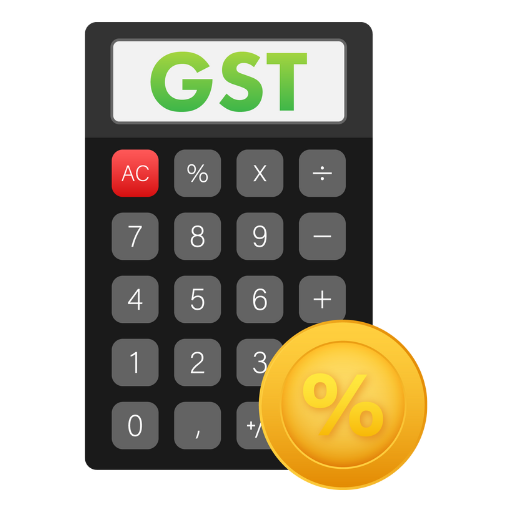About Power Consumption Calculator
Understanding kWh: What Does it Mean in Power and Energy?
Kilowatt-hours (kWh) and kilowatts (kW) are common terms found on your electricity bill, but what do they actually mean? Knowing how to calculate and differentiate between these units can help you better understand your energy usage and reduce costs. This guide will break down kWh, how it's calculated, and which appliances consume the most energy.
What is a kWh?
A kilowatt (kW) is a measure of power, and it represents 1,000 watts. In practical terms, it measures how much power an electrical device uses. For instance, to convert watts to kilowatts, you simply divide the wattage by 1,000. If you have a device that consumes 2,000 watts, that's equivalent to 2 kW.
A kilowatt-hour (kWh), on the other hand, measures the amount of energy used over time. If you run a 1,000-watt vacuum cleaner for one hour, you've consumed 1 kWh of energy. Your electricity bill is based on how many kWh you use, which is a combination of the wattage of your devices and how long you use them.
Energy Units: kWh, Joules, and Calories
Just as there are different ways to measure distance (miles, kilometers, etc.), there are also various ways to measure energy. The kilowatt-hour (kWh) is one of them, but there are other units as well:
- Calories: Commonly used to measure energy in food. For example, a biscuit with 172 calories has approximately 0.2 kWh of energy.
- Joules: Another unit of energy measurement.
- BTU (British Thermal Unit): Often used to measure heating or cooling energy.
- Watt-hour, therm, and others: Though less commonly used, they are additional energy units.
These measurements help us understand how energy is consumed or transferred. Whether you're burning calories, generating heat, or using electricity, energy in any form can be measured in kWh.
How Does Energy Transform?
Energy can change forms. A biscuit, for example, can provide us with calories (energy) when eaten. If we were to burn the same biscuit, it would release heat energy. With the right tools, that heat could be transformed into electricity to power a device. Although some energy would be lost in the process, this illustrates how energy can shift between forms.
Most of the energy we use comes from electricity or gas, and both can be measured in kWh. The energy we purchase or generate for our homes powers appliances, heating systems, and more.
How to Calculate kWh for Your Household?
Your electricity bill is essentially a measure of how many kWh you've used during the billing period. Understanding your usage is key to managing costs.
To calculate your daily energy consumption, divide your total kWh usage by the number of days in your billing period. For example, if your bill shows 300 kWh for a 30-day month, your average daily usage would be 10 kWh.
You won’t use the same amount of energy every day, as it depends on factors like how much time you spend at home, the season, and how many appliances are running. You can also calculate the kWh for specific appliances. For example, if you have a 3 kWh heater running for 5 hours a day, it will use 15 kWh of electricity.
kW vs. kWh: What's the Difference?
Many people confuse kilowatts (kW) and kilowatt-hours (kWh), but there’s a crucial difference. kW refers to how much power an appliance uses, while kWh measures the total energy consumption over time.
For example:
- A 100-watt TV takes 10 hours of usage to consume 1 kWh of energy.
- A 2,000-watt clothes dryer uses 1 kWh in just 30 minutes.
Understanding this distinction helps clarify why your electricity bill may fluctuate depending on the appliances you use and how long they are in operation.
Appliances That Use the Most Power
Not all appliances consume the same amount of energy. Some devices, like air conditioners and heaters, use significantly more energy than others. Here's a breakdown of major household energy consumers:
-
Heating and Cooling Systems: Your HVAC (heating, ventilation, and air conditioning) system is likely the largest energy consumer in your home, accounting for about 25% of your total electricity usage. Running a heater or air conditioner for long periods, especially during extreme weather, will significantly increase your bill.
-
Water Heaters: Electric water heaters are the second biggest energy users, especially if you're frequently running hot water for showers, laundry, and dishwashing. These activities collectively create a major energy drain.
-
Lighting: While LED lights are more energy-efficient than older lighting options, lighting still represents a substantial portion of your monthly energy use. Switching to LEDs can save you money in the long run by reducing energy waste.
-
Refrigerators: Because refrigerators are running 24/7, they are continuous energy consumers. Even though they are more energy-efficient than other appliances, their non-stop operation makes them a significant part of your energy bill.
-
Laundry Appliances: Washers and dryers, especially when used with hot water, consume large amounts of energy. Laundry can account for 5% of your annual electricity consumption, with dryers being the biggest culprit.
-
Cooking Appliances: Electric ovens and stovetops can also increase your energy bill, particularly if you cook frequently. These appliances typically account for 3% of your monthly energy usage.
Tips to Reduce Energy Consumption
By making small changes in your daily habits, you can reduce your overall energy consumption and lower your monthly electricity bill:
- Upgrade to energy-efficient appliances: When possible, replace older appliances with more efficient models.
- Use programmable thermostats: These can help regulate heating and cooling more efficiently.
- Unplug unused electronics: Even when not in use, many devices continue to draw power.
- Switch to LED bulbs: They are longer-lasting and consume less energy than traditional incandescent bulbs.















